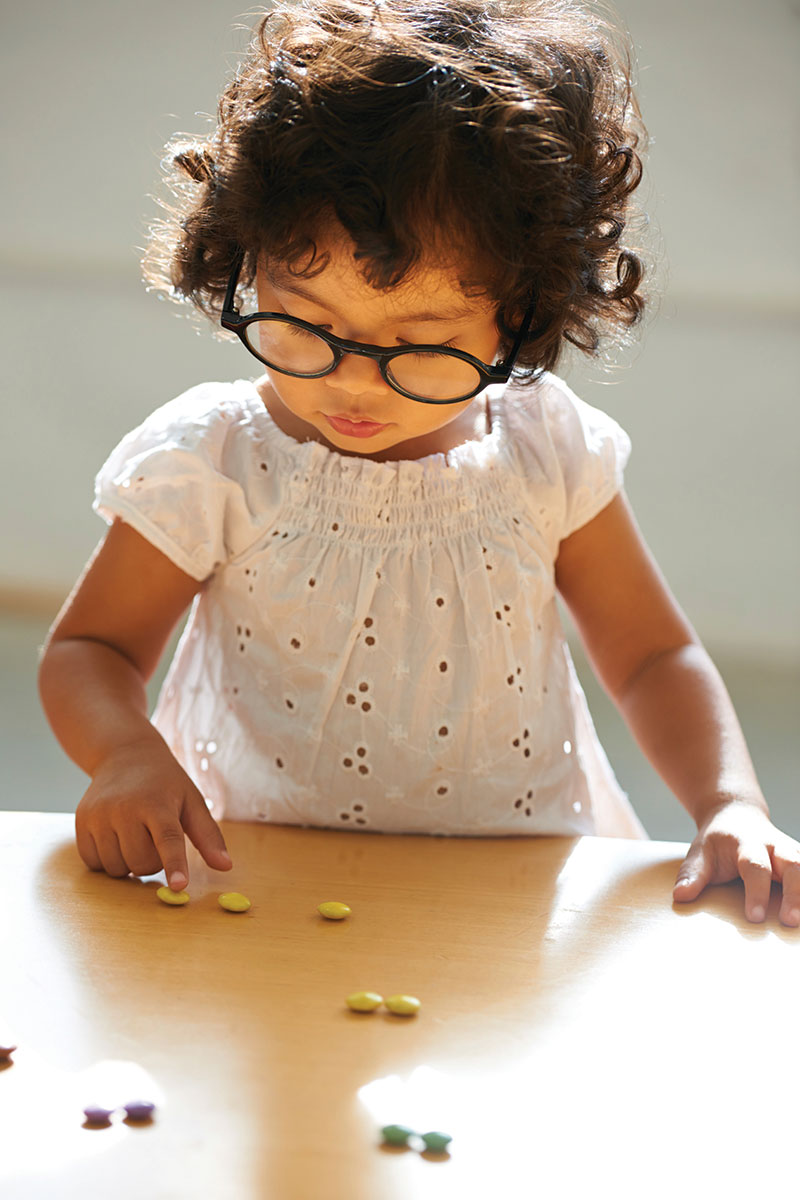 As a baby, Ethan Floyd was wobbly. He was diagnosed with sensory processing disorder at 18 months and autism at 2 years old. Later, he would be diagnosed with attention deficit hyperactivity disorder (ADHD) and anxiety. As part of his care, Ethan regularly saw Dr. Nancy Torgerson O.D., FCOVD, a local developmental optometrist. Dr. Torgerson kept track of Ethan’s visual development, so when his wobbliness became more troublesome around kindergarten, they were ready with a plan of treatment.
As a baby, Ethan Floyd was wobbly. He was diagnosed with sensory processing disorder at 18 months and autism at 2 years old. Later, he would be diagnosed with attention deficit hyperactivity disorder (ADHD) and anxiety. As part of his care, Ethan regularly saw Dr. Nancy Torgerson O.D., FCOVD, a local developmental optometrist. Dr. Torgerson kept track of Ethan’s visual development, so when his wobbliness became more troublesome around kindergarten, they were ready with a plan of treatment.
Parents of children with autism might be surprised to learn that there is a link between many of their children’s baffling symptoms and the eyes. But behaviors such as walking on their toes, wiggling their fingers, or an inability to follow directions can sometimes be caused by lack of development in the visual system. Researchers have found that children with autism and ADHD have much higher rates of strabismus (crossed eyes), convergence insufficiency (trouble turning inward to focus on a near object) and other visual deficits than the average population. Children with other developmental challenges such as cerebral palsy, anxiety disorders and Down syndrome can also often benefit from vision therapy.
What to look for
Melvin Kaplan, O.D., has been researching the connection between vision and autism spectrum disorders and other developmental disabilities. His book Seeing Through New Eyes: Changing the Lives of Children with Autism, Asperger Syndrome, and Other Developmental Disabilities contains intriguing and promising stories of children who have been helped by this research. He explains that neurological differences in the brains of some children make it challenging for them to understand what they see. This can lead to social difficulties, language delays and problems with motor skills.
Because as much as 80 percent of the information we get from our environment is visual, severe deficits in visual processing can cause children to develop coping mechanisms that might seem bizarre or troubling. “Symptoms are not problems, but rather a patient’s solution to a problem,” Kaplan says.
One of the first symptoms parents of children with autism might notice is an inability to make eye contact with caregivers, Torgerson says. Some parents also notice that children’s eyes wander inward or outward. Because of this, children might experience problems walking up or down stairs, hiking in the forest in dappled light, or may be clumsy in general.
As a result of vision problems, a child might tilt her head to read, complain of dizziness, avoid near tasks or complain of dizziness or motion sickness. Even toe-walking can sometimes be a symptom of a visual difficulty.
Turning to therapies
Developmental optometrists have a range of options to help children improve their visual processing. Many children find relief by wearing special glasses with lenses in the shape of a prism, for example. Other interventions include wearing a patch, working on near work with one eye at a time, practicing gross and fine motor skills, practicing changing between near and far vision, and strengthening hand-eye coordination. Therapists aim to make the activities fun for young kids.
When Ethan Floyd tried lenses on for the first time, “He was in shock,” his mother, Crystal Floyd, remembers. For the first time, Ethan could make sense of the three-dimensional world. Suddenly he could follow directions with more than two steps, and many of his motor skills began to improve. He wore the glasses from the time he rose until he went to bed for about a year; they were one important piece of a custom therapy program that involved weekly office visits and home exercises.
Vision therapy did not cure Ethan of his autism or ADHD. But for many children, it works synergistically with other therapies to reduce confusion and anxiety, and increase confidence and independence. “I see vision therapy as a really important piece,” Torgerson says, “whether I’m working with a neuropsychologist, psychologist, speech and language [therapist], [occupational therapist/physical therapist]. We’re not the be-all, end-all, but it’s a piece of the puzzle that’s not really looked at beyond 20/20.”
Symptoms
Parents should look for the following symptoms in their children, which might be a sign of a visual-processing problem:
|
|











